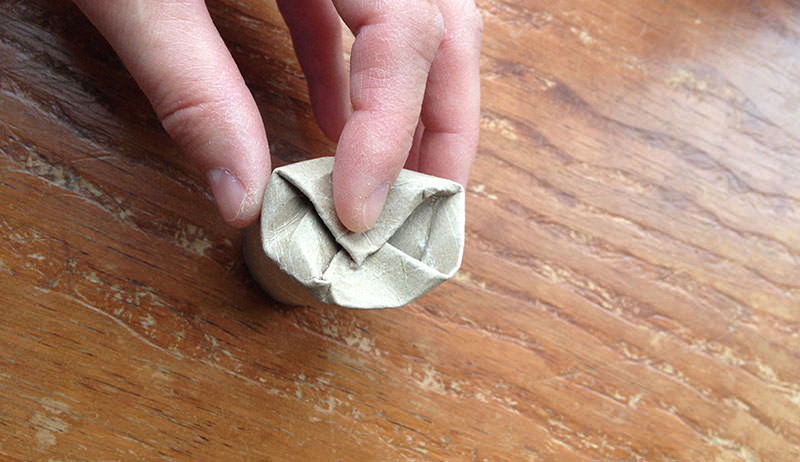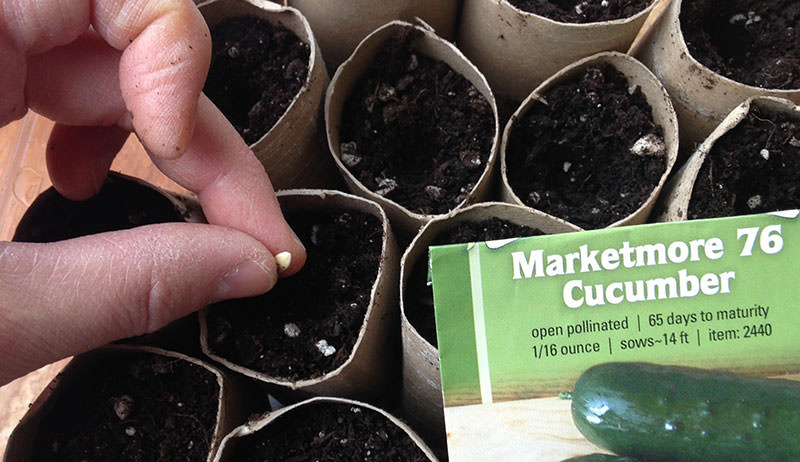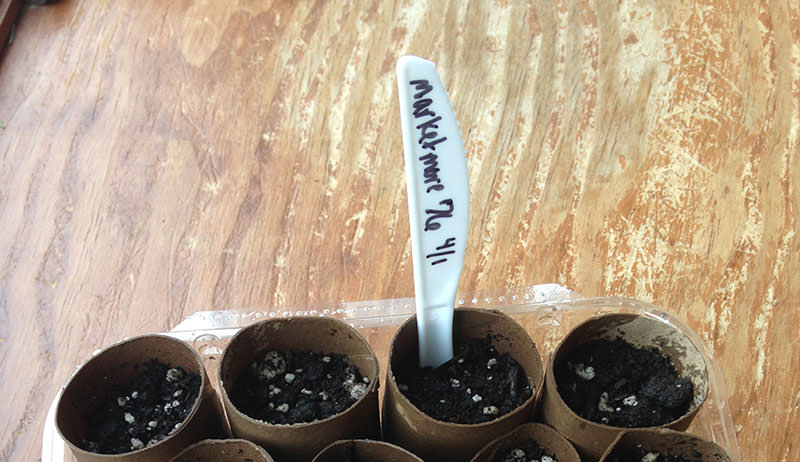
Starting plants from seed is not just fun, it’s also economical and allows you to grow a greater selection of varieties. I spend many January hours flipping through the pages of the many seed catalogs that find their way to my inbox. Then, starting in mid-February, I start sowing the seeds of early, cold-weather crops, like onions, cabbage and leeks, under grow lights in my basement. Come March, I start my peppers and eggplants, and when early April arrives, it’s time to sow basil and tomato seeds.
The last seeds I start indoors are members of the cucumber family, including cukes, summer and winter squash, watermelons, cantaloupes, and pumpkins. Although I could sow these seeds directly into the garden, here in Pennsylvania, it’s nice to get a jump start on these veggies by planting them indoors about four weeks before they’re ready to go into the garden in mid- to late May. Doing so gives the plants more time to produce before fall’s first frost arrives.
The only trouble is that members of the cucumber family don’t like to have their roots disturbed. Transplant shock often delays their maturity because the plants need a lot of time to settle into their new home. Many gardeners get around this troublesome issue by planting these vegetables in plantable peat pots or pots made from newspaper or cow dung, but I use something a little different to start these seeds: toilet paper rolls.
Toilet paper rolls are the perfect size for starting seeds of melons, cukes, and similar crops. Plus, they can be planted into the garden without having to disturb the seedling growing inside, and it’s a great way to recycle.
I start to save empty toilet paper rolls starting in December so I have enough tubes for all the plants I want to grow. Once, I saved all the tubes for an entire year and also used them to house the transplants of my tomatoes, peppers, eggplants and other veggies. It worked great, but I don’t recommend keeping seedlings in the tubes for much longer than four or five weeks because the tubes start to really break down and turn mushy, making them a bit difficult to handle.
In addition to saving the toilet paper tubes themselves, I also save plastic containers from salad greens and take-out meals. I use these to support the tubes because they have nice high sides.
Step 1
Prepare the plastic containers by poking a few drainage holes into the bottom of them.
Step 2

Prepare the tubes by folding two sides of one end of the tube in so they touch in the middle. Don’t overlap the two sides completely or the tube won’t drain right.
Step 3

Next, fold the two points you created into the middle, pressing them down. They should overlap slightly. You might have to stick your fingers inside the tube and press outward on the two folded sides as you fold the points in to keep the tube from collapsing in on itself.
Step 4

Once you have a bunch of tubes prepared, flip them over and line them up inside the empty plastic container. They probably won’t sit perfectly level, but that’s fine because the tubes support each other inside the container. Once they’re wet, they become more flexible and the bottoms will level themselves out.
Step 5

Fill the tubes with high-quality seed-starting potting soil. Use your finger or a dibble to make a small hole in the center of the potting soil in each tube.
Step 6

Drop a single seed into each hole, backfilling it and tamping the soil down lightly.
Step 7

Label the container with the variety name and the date the seeds were sown. Then, water the tubes well.
Step 8
Place the containers of tubes under grow lights or on a bright windowsill. Water as necessary.
When planting time arrives, lift the tubes from the containers from the bottom. Do not try to pull the tubes out by their tops or the cardboard may tear. To plant, tear away the tube completely, being careful not to disturb the roots, or simply unfold the bottom of the tube before putting the plant into its planting hole.




